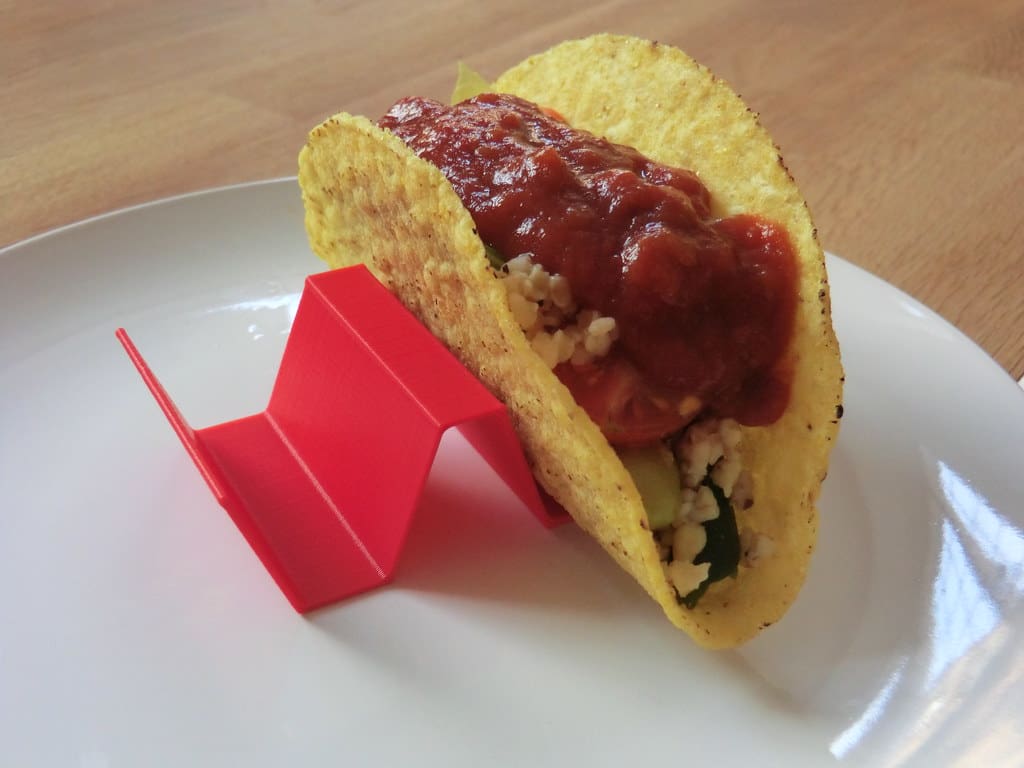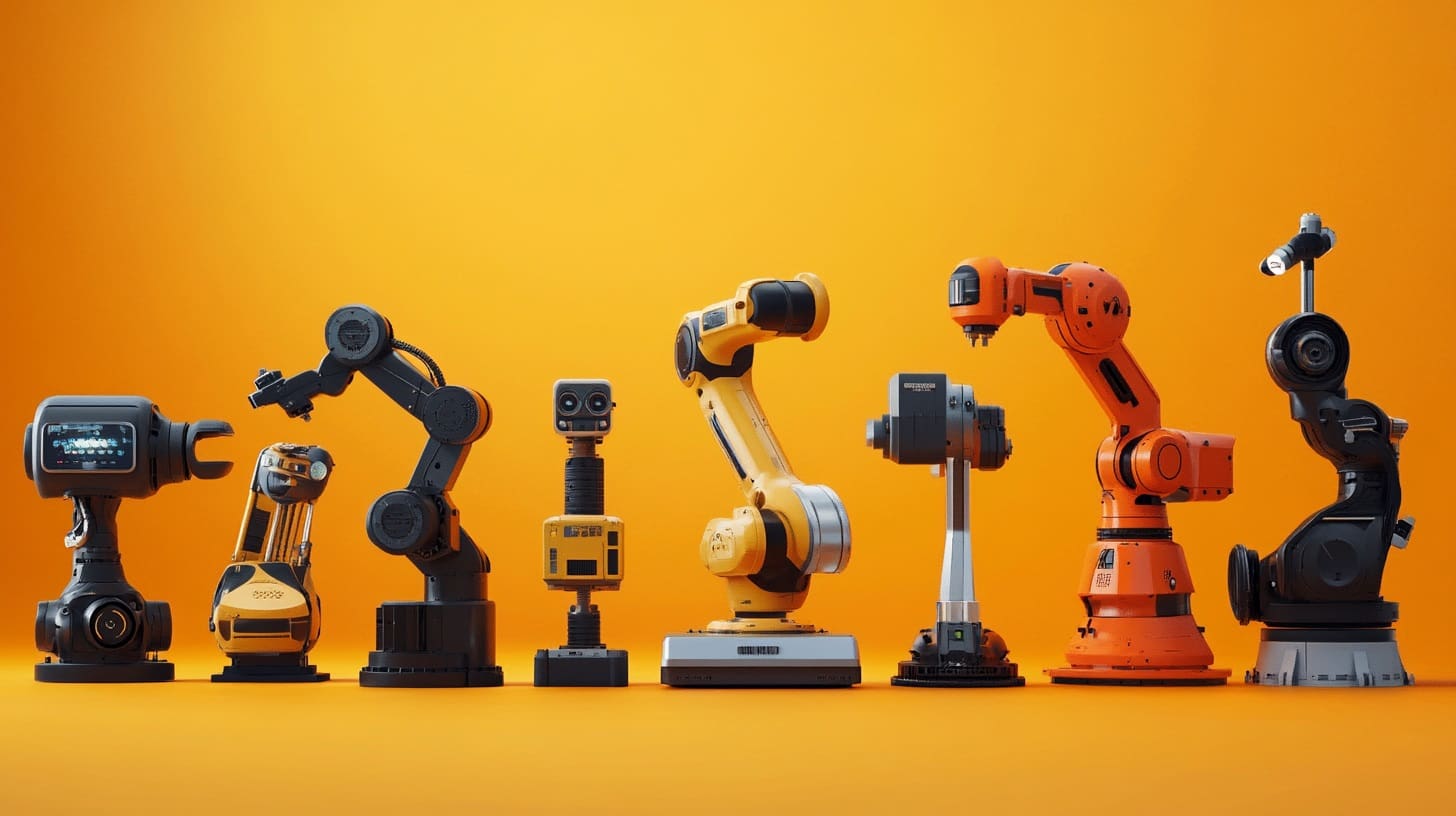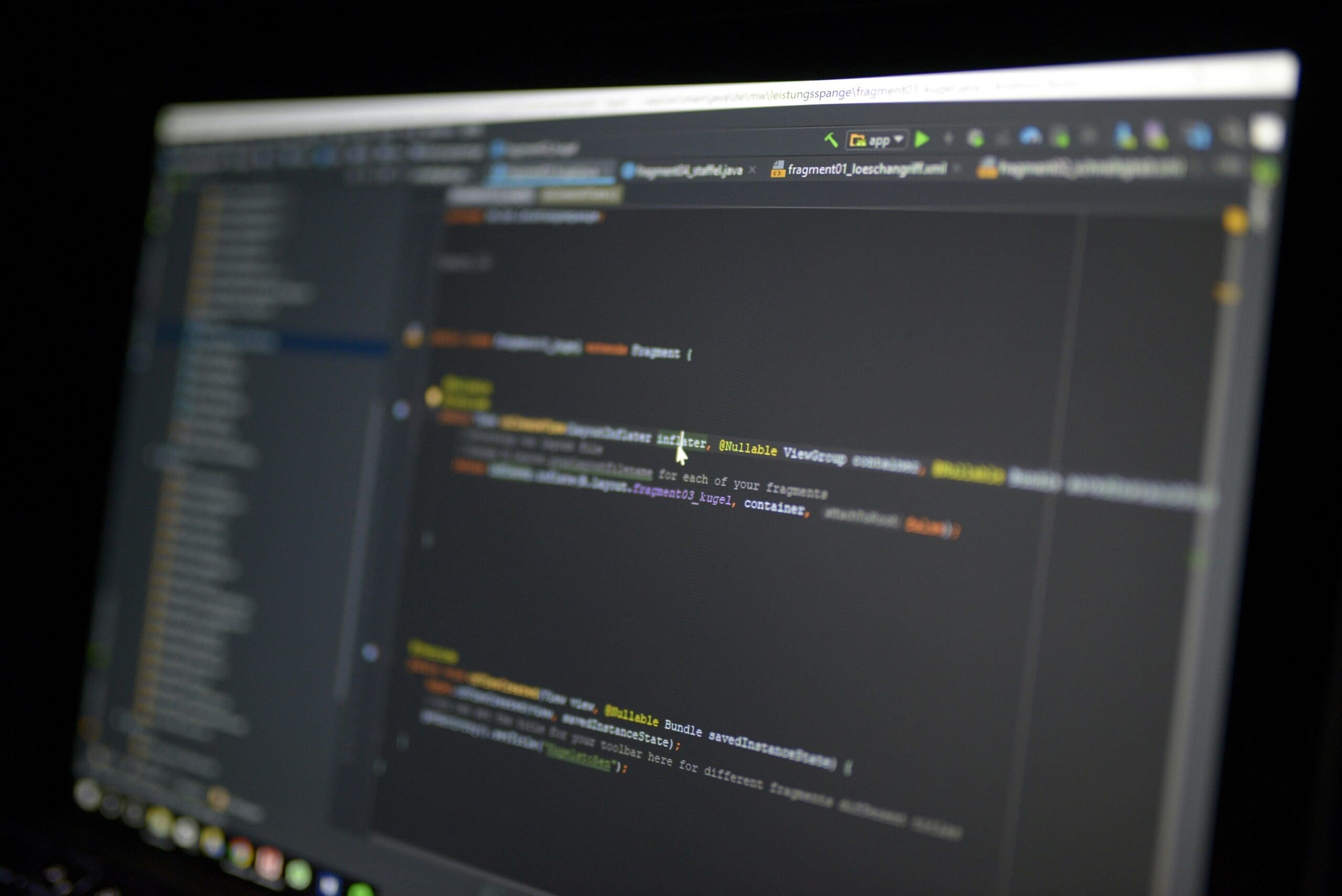The culinary world constantly seeks innovations that enhance cooking techniques, improve kitchen efficiency, and personalize the cooking experience. 3D printing, a transformative technology that has already revolutionized numerous industries, is making its mark in the realm of kitchen tools. By enabling the creation of customized, intricate, and functionally optimized kitchen utensils and gadgets, 3D printing offers home cooks and professional chefs alike new ways to streamline their cooking processes and inject more creativity into their culinary practices.
The Emergence of 3D Printing in Kitchen Tool Manufacturing
3D printing technology, known for its precision and versatility, has expanded beyond industrial applications to consumer products, including those used in kitchens. This transition has been driven by advancements in food-safe materials and the technology’s ability to produce items on demand. Today, 3D printing is not just for creating prototypes but is also used for making functional, innovative kitchen tools that cater to specific culinary needs and preferences.

Advantages of 3D Printing in Kitchen Tools
Customization: One of the most significant benefits of 3D printing is the ability to customize tools to the specific needs or preferences of the user. This can range from ergonomically designed handles on utensils to custom cookie cutters and molds that reflect personal or professional branding.
Complex Designs: 3D printing allows for the creation of designs that are often too complex for traditional manufacturing processes. This capability is particularly useful for making intricate molds for chocolates, pastries, and decorative food items, enabling chefs to present visually stunning dishes.
Rapid Prototyping: Chefs and kitchen tool developers can quickly design, print, and test new tools, making it easier to innovate and refine utensils and gadgets that can solve unique culinary challenges or improve kitchen workflows.
Sustainability: With 3D printing, materials are added layer by layer, which typically results in less waste compared to traditional subtractive manufacturing methods. Additionally, the ability to print tools on demand reduces overproduction and excess inventory.
Key Applications of 3D Printing in Kitchen Tools
Custom Cutlery and Utensils: From spoons and knives to spatulas and sieves, kitchen utensils can be tailored to the exact requirements of the user. For chefs with specific needs, tools can be designed to aid in preparing particular cuisines or dishes.
Food Molds and Stamps: 3D printing excels in producing food-safe molds and stamps that are perfect for creating consistent and complex shapes in baking and confectionery, such as detailed cake decorations and custom-shaped chocolates.
Replacement Parts: 3D printing offers a quick solution for replacing broken or lost parts of kitchen appliances. Whether it’s a specialized knob for an oven or a specific component of a food processor, these parts can be designed and printed quickly, extending the life of kitchen appliances.
Organizational Tools: Kitchen organization can be enhanced with custom 3D-printed inserts for drawers and cabinets, bespoke racks for pots and pans, and holders for utensils, all designed to fit specific spaces perfectly.

Challenges in 3D Printing for Kitchen Tools
Despite its potential, the application of 3D printing in kitchen tools faces several challenges:
Food Safety: Ensuring that materials used in 3D printing are food-safe and capable of withstanding high temperatures and cleaning chemicals is crucial. The porosity of some printed objects can also pose hygiene challenges if not properly sealed.
Material Durability: Kitchen tools often endure repetitive use and exposure to extreme conditions, such as high heat and moisture. Developing 3D printing materials that can consistently withstand these conditions while maintaining functionality and safety is essential.
Cost and Accessibility: While 3D printing technology is becoming more accessible, the cost of high-quality printers and food-safe materials can still be a barrier for widespread adoption, especially for small businesses and individual consumers.
Future Directions in 3D Printing for Kitchen Tools
As 3D printing technology continues to evolve, its application in kitchen tools is expected to expand, driven by innovations in food-safe materials and printing techniques. The development of more durable, heat-resistant, and hygienic materials will likely enhance the adoption of 3D printing in professional kitchens and culinary schools. Moreover, as the technology becomes more accessible, home cooks may also begin to adopt 3D printing for personalizing their cooking tools and spaces.
3D printing is set to revolutionize the field of kitchen tools by offering enhanced customization, efficiency, and creative potential in culinary arts. As the technology advances, it promises to foster a new era of innovation in cooking, making it easier for chefs and home cooks to tailor their tools to their culinary needs and preferences, ultimately elevating the cooking and dining experience.








